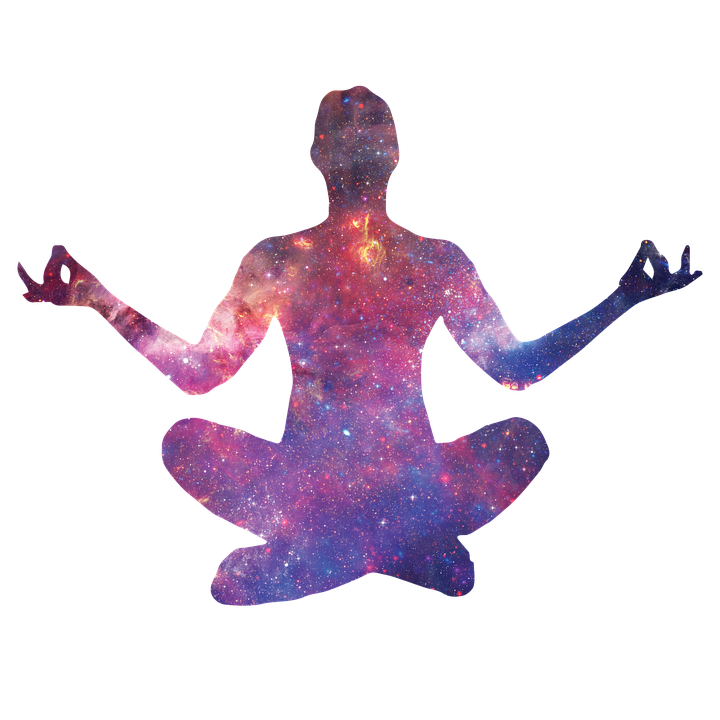That’s it, Spring is here, the birds chirping, the sun comes back (finally!) And sporting motivation that has often been lacking during this long winter is back in force. Whether you are in full preparation of the Paris Marathon, on April 9, or you you hand gently on the path to a healthier life, OLY Be gives you good reason to combine sport and yoga.
At first, and in the collective imagination, sports and yoga are often perceived as opposing practices, responding to logic, to different philosophies. There are, of course, fundamental differences between these two activities. The goal of yoga practice, unlike that of a sport, is not to exceed its limits and improve its performance. Yoga, since it involves a working concentration of the mind, opens other perspectives (self-knowledge, discovery of the energy body, access to interiority …). But if the sport and yoga does not necessarily attract the same public, they complement harmoniously. Athletes would even have everything to gain by practicing yoga.
==> The regular practice of yoga:
-
IMPROVES POSTURE, BALANCE AND ALIGNMENT
Yoga emphasizes body alignment, strengthening and relaxation of the back. So we end up naturally standing up! Regular practice relieves tension in the upper back, strengthening the dorso-lumbar area and the abdominal strap. Balance postures improve the proprioceptive sensitivity that allows the brain to adjust the position and movements of the body in space. In fact, more precise movements are made while minimizing the risks.
-
SOFTENS AND STRENGTHENS MUSCLES AND JOINTS
Some sports, for example running, tend to solicit some muscles more than others. Through repeated contractions, these muscles will shorten, harden. Yoga practiced regularly will allow to stretch and lengthen them. Postures will release muscle tension and restore flexibility and elasticity to your muscles. By taking care of stretching these muscles you will also take care of your joints. They will be able to maintain their flexibility and even win, will be strengthened and more inclined to withstand shocks.
-
DEVELOPS STRENGTH, TONES AND STRENGTHENS MUSCLE STRENGTH
Holding posture for a while will increase muscular endurance and propensity to exert effort. The deep muscles will be strengthened, the same ones that bring stability and resistance.
-
BOOST THE MIND AND CONCENTRATION
Yoga, through synchronized breathing with movement, body alignment, or contractions of certain body parts during postures, improves the ability to focus and channel energy for a more peaceful use. . We learn to “let go”, to live fully the moment and thus better manage stress. Yoga brings the necessary mental strength to any sporting activity. When one “suffers” during a physical effort, one often says that: “it is in the head”. On this point, yoga helps us maintain this tenacity during the effort while being aware of the limits of the body.
-
DECREASES THE RISK OF INJURY BY LEARNING TO KNOW ITS LIMITS
While athletes are constantly looking to go further in the physical performance even to brutalize, yoga brings a better understanding of the body. An athlete practicing yoga regularly will know better how to listen to his body, to measure his efforts and will be able to react as best as possible to his needs
In addition, a post-exercise yoga session will help re-oxygenate muscle tissue by repairing potential trauma and lengthening muscle fibers, thereby avoiding the risk of injury.
-
OPTIMIZE ITS PERFORMANCE
By working on flexibility, coordination, endurance and balance, asanas will improve physical performance in sports. The movements will be more precise and fluid, the increased energy level will allow the athlete to gain speed and power. The work on the breath will also contribute to optimize the sports performances, from the exercises of pranayama which develop the constant and deep breathing, thus making the best use of the pulmonary capacity. With regular practice, endurance increases: side points, nausea and other dizziness due to lack of oxygen will be avoided.
For this article, we asked Charlotte, yoga teacher for OLY Be and triathlete, to offer us a 10-minute yoga sequence to do after each run. We propose to keep each posture for two minutes. It is important to focus on your breathing, slow and deep to allow full relaxation of the muscles. The inspiration and expiration are through the nose.
1: SALVATION HANDS UP
☞ How to do it?
Inhale and lift your arms sideways, turning your palms up. The palms face each other and the fingers try to reach the sky. Open the ribcage, relax the neck and release the trapezius. Cambre your back slightly at the dorsal level. Concentrate on your breath: breathe deeply or inhale deeply by opening the ribcage.
☞ What benefits?
This posture can stretch the whole body, it relaxes the organs and improves the digestive system. This asana boosts lung capacity and improves blood circulation. It also helps improve posture and even helps relieve anxiety.
2- THE CICOGNE
☞ How to do it?
With your feet together, stretch your legs, bend your body forward, and bring the forehead into contact with your knees, without the knees bending. Direct your attention to the place of the solar plexus. Breathe freely and freely during flexion when the posture becomes familiar.
☞ What benefits?
This exercise powerfully strengthens the abdominal muscles and harmoniously stretches the back muscles. In general, like any posture in forward flexion, this posture effectively combats constipation. It thins the hips and relaxes the spine in the direction of flexion.




